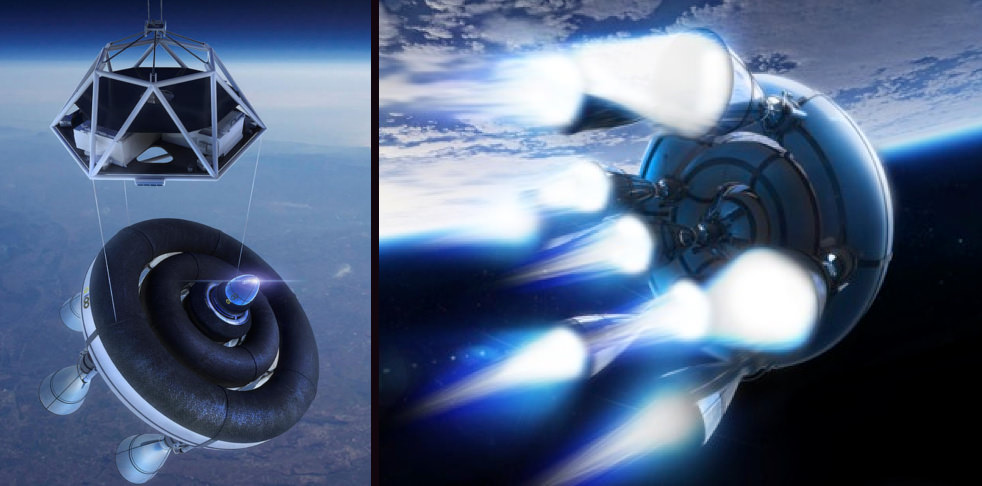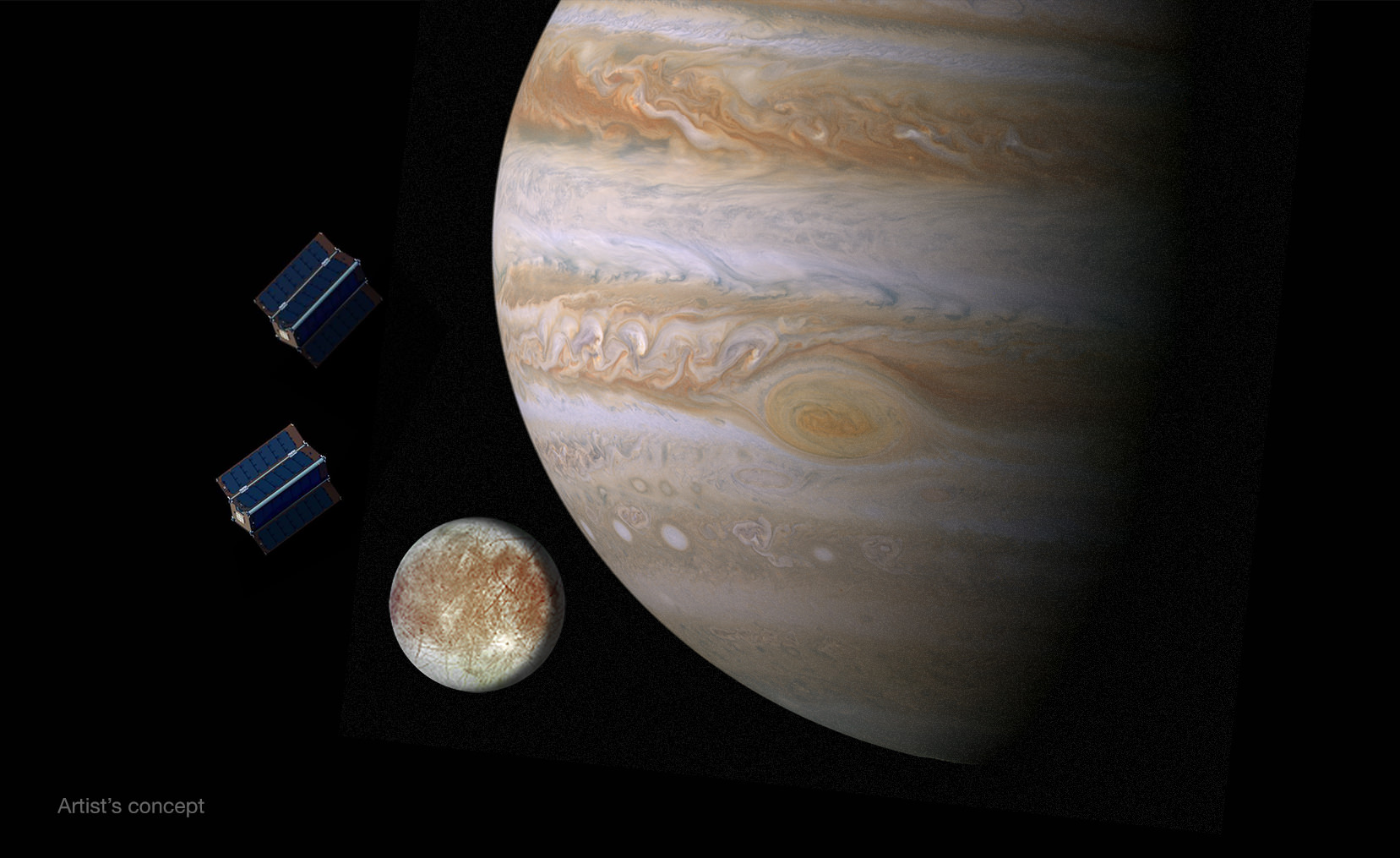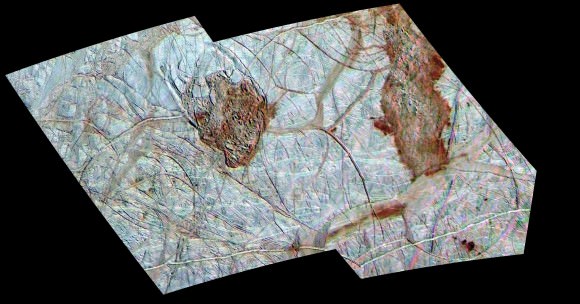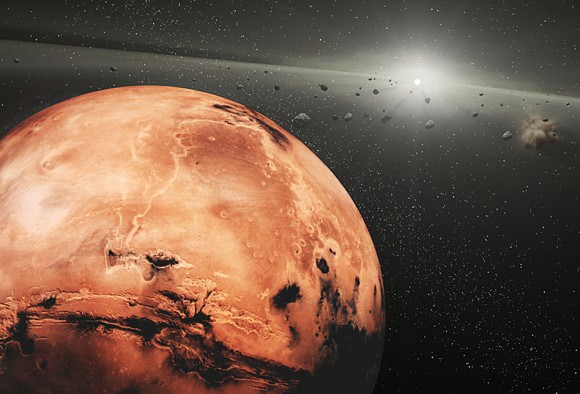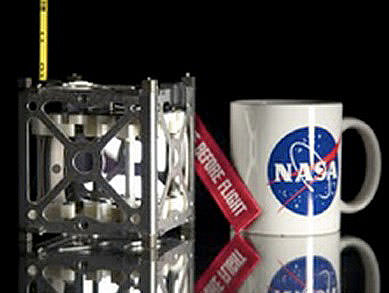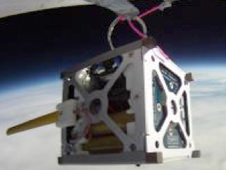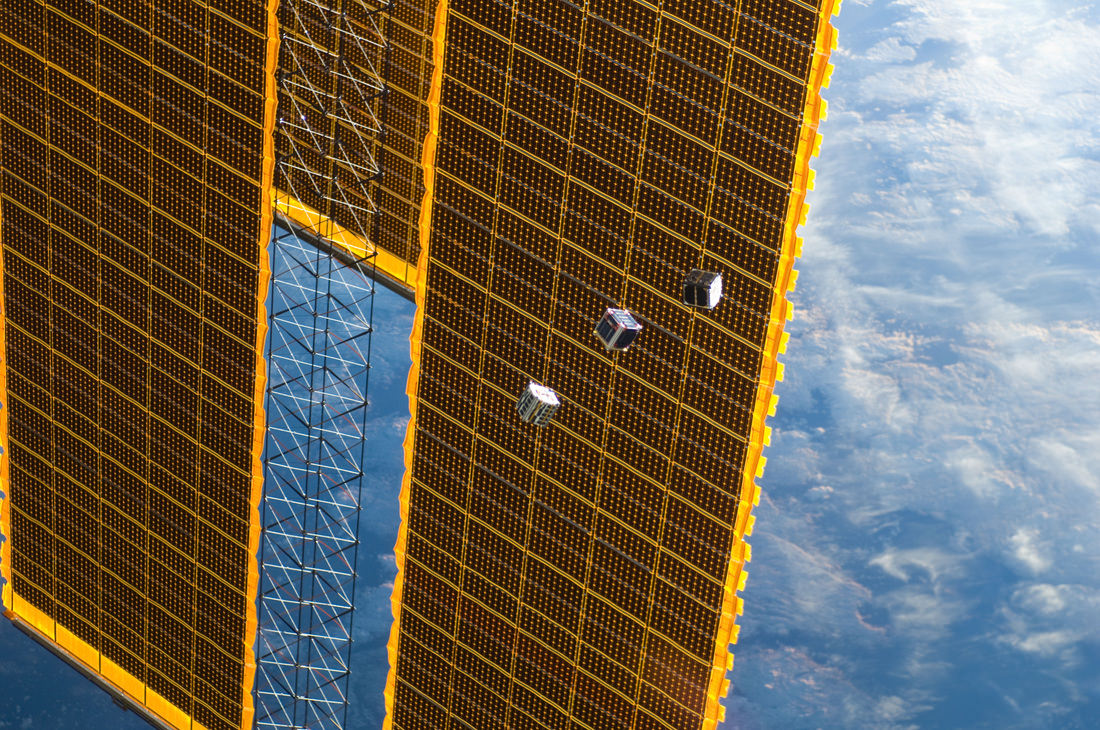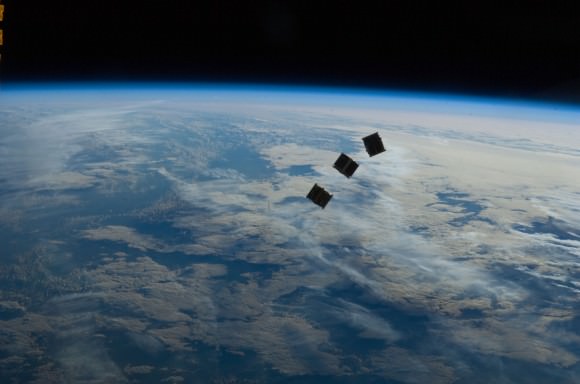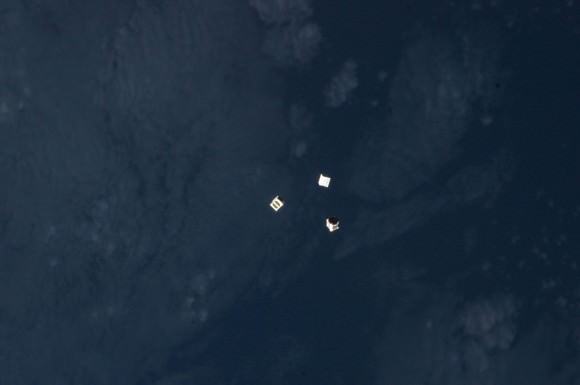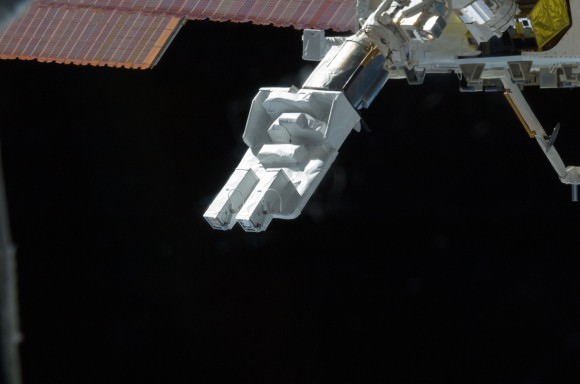Clearly, the sky is not the limit for balloon launcher Zero2Infinity. Based in Barcelona, Spain, the company announced this week their plans to launch payloads to orbit using a balloon launch system. The Rockoon is a portmanteau, as Lewis Carroll would have said: the blend of the words rocket and balloon.
The launch system announced by the company is called Bloostar. The Rockoon system begins with a balloon launch to stratospheric altitudes followed by the igniting of a 3 stage rocket to achieve orbit. The Rockoon concept is not new. Dr. James Van Allen with support from the US Navy developed and launched the first Rockoons in 1949. Those were just sounding rockets, Bloostar will take payloads to low-earth orbit and potentially beyond.
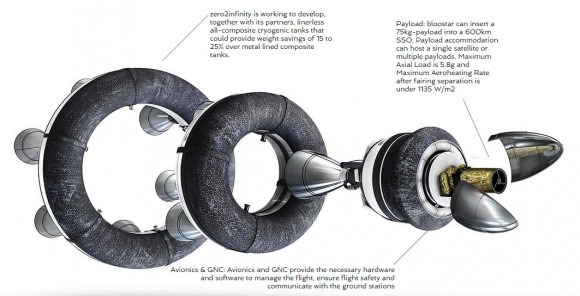
The advantage of rocket launch from a balloon is that it takes the Earth’s atmosphere out as a factor in design and as a impediment to reaching orbit. The first phase of the Bloostar system takes out 99% of the Earth’s atmosphere by reaching an altitude of over 20 km (>65,000 feet). Aerodynamics is not a factor so the stages are built out rather than up. The stages of the Bloostar design are a set of concentric rings which are sequentially expended as it ascends to orbit.
Zero2Infinity is developing a liquid fuel engine that they emphasize is environmentally friendly. The first stage firing of Bloostar will last 160 seconds, reach 250 km of altitude and an inertial speed of 3.7 km/s. This is about half the velocity necessary for reach a stable low earth orbit. The second stage will fire for 230 seconds and achieve an altitude of 530 km with velocity of 5.4 km/s. The 3rd and final stage motor will fire at least twice with a coast period to achieve the final orbit. Zero2Infinity states that their Bloostar system will be capable of placing a 75kg (165 lbs) payload into a 600 km (372 mi) sun-synchronous orbit. In contrast, the International Space Station orbits at 420 km (260 mi) altitude.
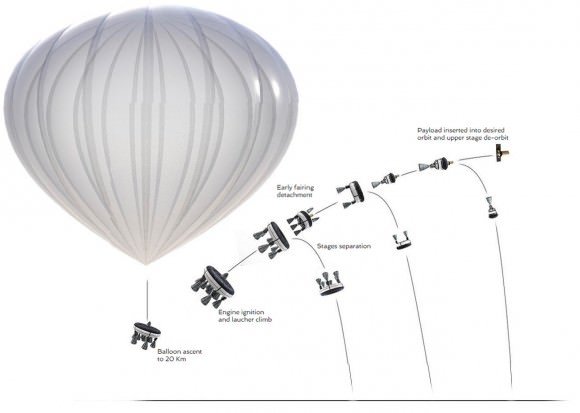
For the developing cubesat space industry, a 75 kg payload to orbit is huge. A single cubesat 10x10x10 cm (1U) will typically weigh about 1 kg so Bloostar would be capable of launching literally a constellation of cubesats or in the other extreme, a single micro-satellite with potentially its own propulsion system to go beyond low-earth orbit.
The Rockoon concept is not unlike what Scaled Composites undertakes with a plane and rocket. Their Whiteknight planes lift the SpaceShips to 50,000 feet for takeoff whereas the Zero2Infinity balloon will loft Bloostar to 65,000 feet or higher. The increased altitude of the balloon launch reduces the atmospheric density to half of what it is at 50,000 feet and altogether about 8% of the density at sea level.
The act of building and launching a stratospheric balloon to 30 km (100,000 feet) altitude with >100 kg instrument payloads is a considerable accomplishment. This is just not the releasing of a balloon but involves plenty of logistics and telecommunications with instrumentation and also the returning of payloads safely to Earth. This is clearly half of what is necessary to reach orbit.
Bloostar is blazing new ground in Spain. The ground tests of their liquid fuel rocket engine are the first of its kinds in the country. Zero2Infinity began launching balloons in 2009. The founder and CEO, Jose Mariano Lopez-Urdiales is an aeronautical engineer educated in Spain with R&D experience involving ESA, MIT and Boeing. He has speerheaded organizations and activities in his native Spain. In 2002 he presented to the World Space Congress in Houston, the paper “The Role of Balloons in the Future Development of Space Tourism”.
References:

